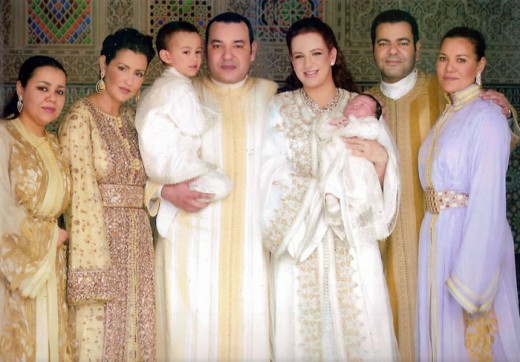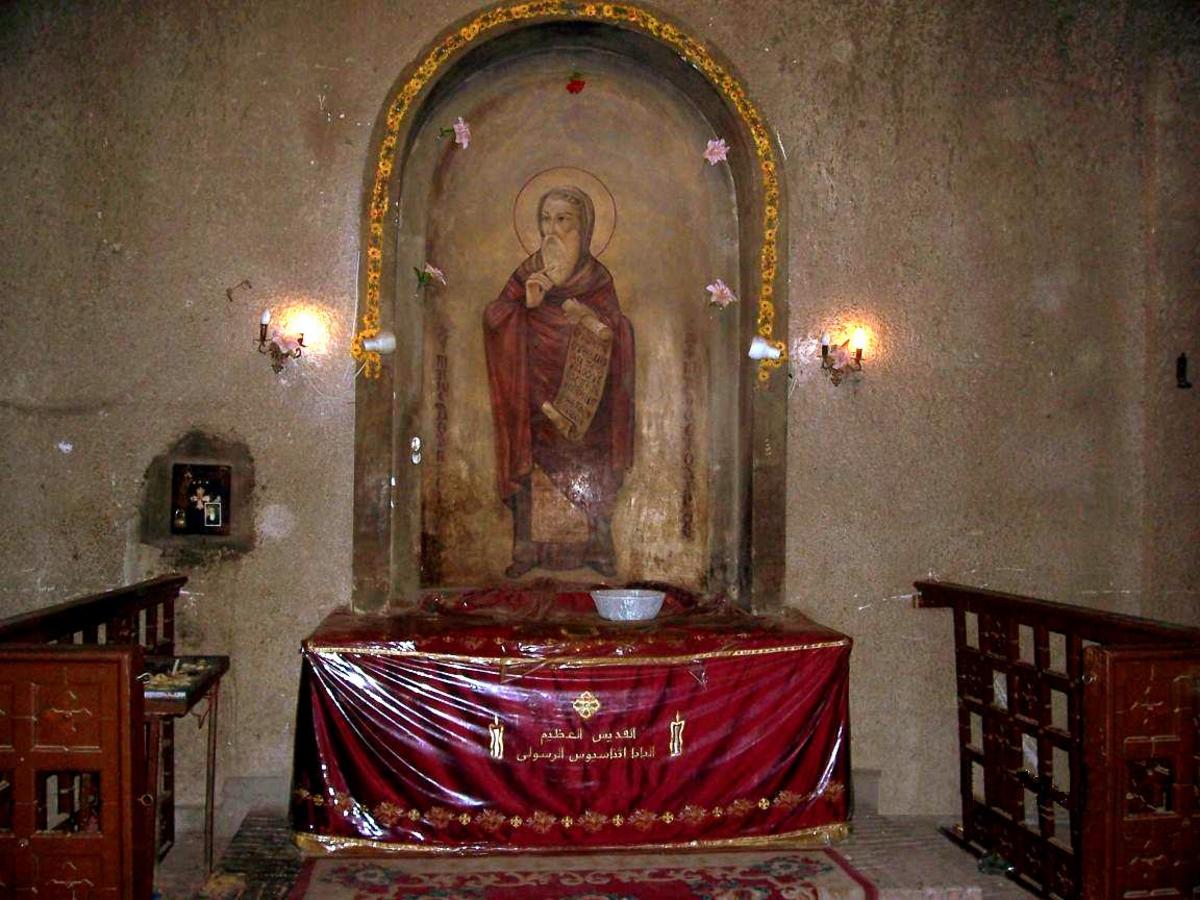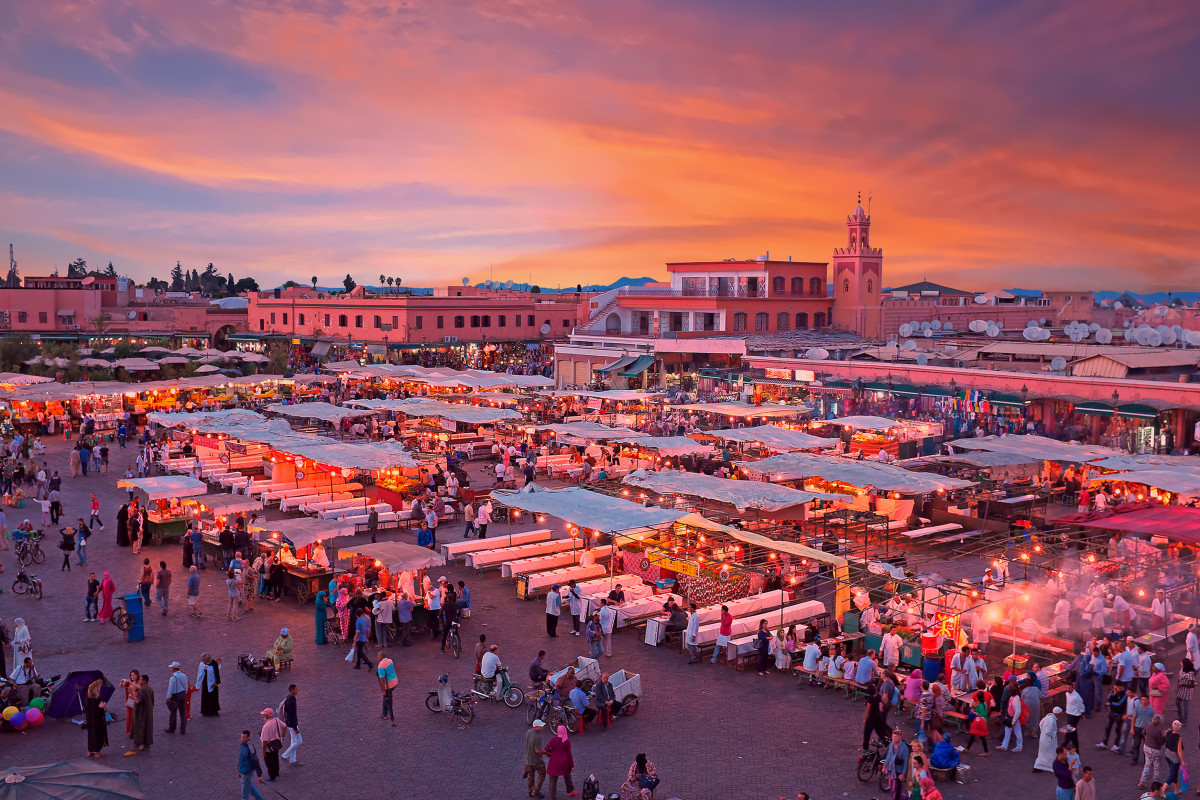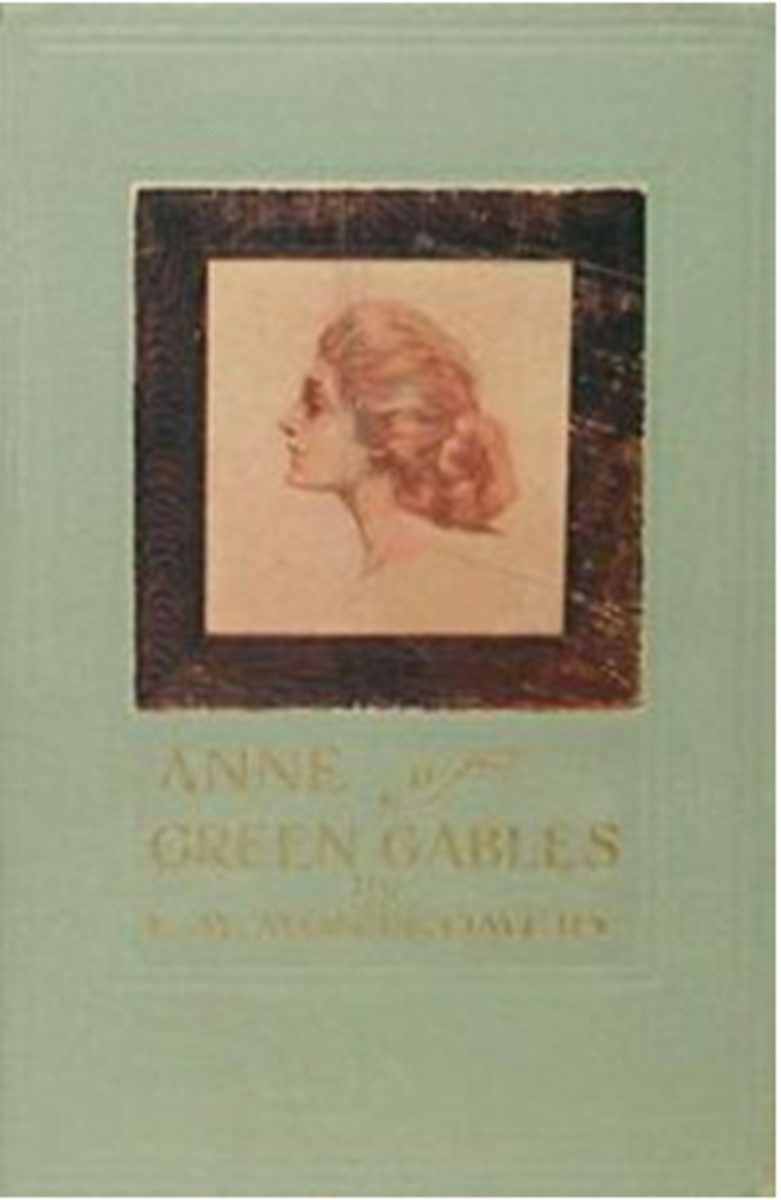Women in Morocco under the French Protectorate

The French presence in Morocco thoroughly shook the Islamic state’s traditional foundations that had remained unchanged since its inception. French society and culture brought many changes to traditional Moroccan society, especially for women. The harem left women in bondage and French ideals fueled the women’s aspirations for life beyond the frontiers of the harem gate. In her book Dreams of Trespass, Fatima Mernissi details the story of her childhood which she spent in a Harem when Morocco was a French Protectorate. Mernissi and other members of her household dreamt of trespassing the frontiers set by Harem life, and ventured in to freedom and opportunities made available by the French presence in Morocco.
Mernissi’s mother represented all women when she challenged Moroccan traditions. She challenged the traditional way of life and the Harem frontiers firstly because they suppressed women in and outside the home. The Mernissi women were basically in prison. They could not leave the front gate without permission, and even if they were permitted, which was rare, they had to be escorted and monitored constantly by a male guardian. They had to keep to their salons and stay away from the men’s quarters, follow strict routines for luncheons, dinners and functions and even stay away from the radio. With the exception of Lalla Mani, who exercised power under the patriarchal system, the women were not free even in their domestic realm. Mernissi’s mother fought against traditional harem life secondly because women could not have their privacy and meet their personal desires. Mernissi’s mother “hated the harem’s lack of privacy and the constant interference of his mother” (Mernissi 232). The Mernissi women dreamed and desired of having romantic evenings like French women to express themselves and fulfill their needs. Mernissi mentioned Scheherazade, Asmahan the princess and other modern women to show that the women definitely needed and would greatly enjoy personal space, romantic relationships and domestic power. Challengers like Mernissi’s mother wanted to get rid of tradition thirdly because they knew it was archaic and based on false reasoning. According to the men and traditional women like Lalla Mani, if women were free, the world would be without law and order and the men would become lazy. According to them, women had to be imprisoned in Harems to keep order and control. Challengers of tradition argued this kind of faulty reasoning kept women in bondage. Mernissi’s mother argued by saying French women were free and the French were powerful to conquer Morocco with ease. Women cited the lifestyles of their European counterparts to show that tradition was based on foolish and outmoded notions and there was no real reason why women should be imprisoned. Mernissi’s mother challenged traditions lastly in an Islamic context. She said there shouldn’t be discrimination, patriarchy and excess segregation of the sexes because Allah created men and women equally. She wanted more unity and harmony instead of separation and polygamy. This internal evolution and self searching doubtlessly occurred because of a foreign impetus. The French presence in Morocco definitely made the Moroccan women question the reason for their bondage.

Even though Mernissi’s father and Uncle Ali lived in the harem, they did not actively support it. However, Lalla Mani was the strictest defender of tradition because she gained power as an enforcer of traditional society. It is not unreasonable to say that when she was a child, she probably went through the same questions, struggles and frustrations as Mernissi’s mother did. But recently in her son’s household, this patriarchal arrangement empowered her as matriarch in chief because she received power from upholding tradition. Another plausible, but less likely reason Lalla Mani wanted to keep tradition is because she saw the benefit of the harem. In the Moroccan outlook, the Mernissi women were treated like princesses. They didn’t have to work like the wives of commoners. All their physical and material needs were taken care of. They led extremely comfortable lives beautifying themselves and entertaining themselves on the second floor with Chama’s plays. In Lalla Mani’s and other traditionalists’ perspective, why would any woman want to sacrifice such as pleasant and comfortable life for some self aggrandizement and freedom?
Compromises were offered after a formal family council. The family council was summoned whenever there was a major decision to be made. The meeting consisted of the prominent male members like Mernissi’s father, her Uncle, and her older cousins. Lalla Mani was the only female member with an authoritative voice because of her role to emphasize traditions. The other women, who included Mernissi’s mother, were also present, but they could not decide for themselves. An example of a compromise occurred when Mernissi’s mother asked her brother to argue her case that her daughter should attend a French school. A compromise was reached that Fatima Mernissi would attend a French styled Moroccan school, but not a French school. The compromises could not violate tradition and had to take into account the change in trends, where Mernissi could not attend a French school and be spoiled, but go beyond the basic Koranic school and get more education than her mother ever got.
I believe people invent traditions to live in an orderly fashion with as much peace and comfort as possible. However, I do not believe that tradition should be maintained for the sake of distinction and fear of losing one’s identity. Traditions were formed as solutions to problems. My position in a debate about keeping or discarding tradition is defined by two questions. The first question I ask myself when deliberating tradition is, is there is need to continue this practice? Does this traditional practice adequately solve the problem the way it was intended to? Or has it become a cumbersome, restricting, meaningless and expensive? If the need is not met or the need has disappeared, then what is the use of living for the tradition?
The second question I ask is, is this traditional practice morally right? I believe there are absolute rights and wrongs. I do not agree that rights and wrongs are socially constructed. Hence no cultural or traditional practice should violate the basic rights of men and women. An example was the Indian Hindu custom of sati, where the wives of the deceased husbands were burned alive on the funeral pyre against their will. This custom was practiced by the extremely religious upper class Brahmins in India. However, what they were essentially doing is murdering the wife of the deceased man. Just because the act was within a traditional religious context, it did not justify their actions. I firmly believe women are not camels to be trapped within a house like the Mernissi women. They are free just like men and should not have to put up with co wives in polygamous relationships. In every way they are equal to men and should share full power within the house, outside it and everywhere else as two good partners would. I applaud Fatima Mernissi for dreaming to trespass her tradition frontiers, because in reality she was not trespassing anything, rather she was just possessing what rightfully belonged to her as woman.
Related Links
- Travails of the French Overseas Empire
Decline of the French overseas empire and the legacy of French colonialism around the world. Comparison between French colonial policies and British colonialism around the world. - Thoughts on the Need to Engage Islam
Islam is currently the worlds fastest growing religion, far out pacing any religions growth (even faster than the pace of Christianity in recent years), and it is our duty to reach them. - Analysis of All the Shah's Men: An American Coup and the Roots of Middle East Terror
A look at the 1953 Iranian coup backed by the U.S. Central Intelligence Agency (CIA) in which Mohammed Mossadegh was overthrown due to the fears that Iran was shifting its alliance towards the Soviet Union. - The Burqa: Facts & Issues
The head-covering of Muslim women and the issues and controversies surrounding it - Morocco: Giving Women More Rights
The Moroccan King Muhammad VI has led the way to reform for womens rights in Morocco which in turn has inspired neighboring North African governments to do the same.









